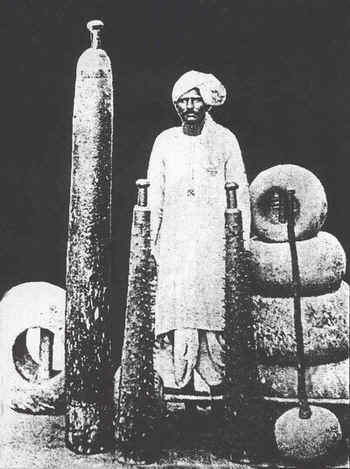
In the ever-evolving world of fitness and wellness, there’s a growing interest in reviving age-old training methods that offer a holistic approach to physical conditioning. Jori training, a practice rooted in ancient Indian traditions, is experiencing a resurgence in recent years. This article delves into the origins, techniques, benefits, and contemporary applications of jori training, illuminating its unique place in the realm of fitness and personal development.
Jori training, sometimes referred to as “jori exercises” or “jori swings,” has its origins in India. It draws inspiration from ancient Indian practices that integrated physical fitness with cultural and spiritual traditions.
Jori training was influenced by various Indian martial arts and yoga traditions, where practitioners recognized the importance of developing both physical and mental strength. These practices sought to harmonize the body and mind.
The jori consists of two thick wooden clubs connected by a handle. These clubs are often cylindrical and can vary in size and weight, allowing users to choose a jori that suits their fitness level and training goals.
The handle of the jori is usually thick and textured to provide a secure grip during swinging and rotational movements.
Jori training primarily involves swinging exercises. These movements include single-arm and double-arm swings, which challenge the upper body, core, and lower body while enhancing coordination and balance.
Circular movements, such as circular swings and mills, are fundamental to jori training. These exercises engage the entire body and promote joint mobility and flexibility.
Advanced practitioners may engage in complex jori sequences, combining various movements into a fluid routine. These sequences require precise coordination, control, and mental focus.
Jori training engages multiple muscle groups, including the shoulders, back, arms, and core. It provides a comprehensive strength-building workout that enhances functional fitness.
The asymmetrical nature of jori exercises demands constant core engagement for stability. This helps strengthen the core muscles, improving posture and reducing the risk of injury.
Many jori movements involve dynamic stretching, which can enhance joint mobility and flexibility. This can be particularly valuable for individuals seeking improved range of motion.
Jori training can elevate the heart rate, offering a cardiovascular workout that complements strength training. It aids in fat loss and enhances overall cardiovascular health.
The precision and concentration required for jori training promote mental focus and mindfulness, making it a meditative practice that can reduce stress and enhance mental clarity.
Jori training has experienced a resurgence in popularity among fitness enthusiasts, athletes, and trainers. Its versatility and effectiveness in building functional strength have attracted a diverse range of practitioners.
Contemporary fitness professionals have adapted jori training to align with modern fitness goals. Gyms and fitness centers now offer classes and workshops that incorporate jori workouts into their programs.
The accessibility of online tutorials, communities, and resources has made jori training more accessible to individuals interested in exploring this ancient fitness practice.
Beginners should start with a jori that matches their fitness level. A lighter jori is suitable for learning the basics and developing proper technique. As proficiency increases, individuals can gradually progress to heavier joris.
Proper form and technique are essential to prevent injuries. Seek guidance from a certified instructor or experienced practitioner to learn the fundamentals correctly.
Begin with basic jori movements, focusing on mastering the fundamentals before attempting more advanced exercises. Concentrate on technique and control.
Always warm up before starting a jori workout, and include stretching and cool-down exercises to reduce the risk of injury and promote recovery.
Jori training serves as a testament to the enduring allure of ancient fitness practices. Blending historical origins, functional fitness principles, and modern adaptability, the jori has found its place in the world of fitness as a dynamic and effective training tool.
Whether you’re an athlete seeking to enhance your performance, a fitness enthusiast searching for a captivating and fulfilling workout experience, or simply someone captivated by the convergence of tradition and modernity, jori training offers a captivating journey into the realm of functional strength, coordination, and balance—a journey that continues to empower individuals on their quest for physical and mental well-being.


